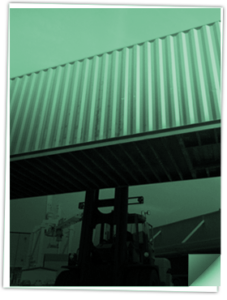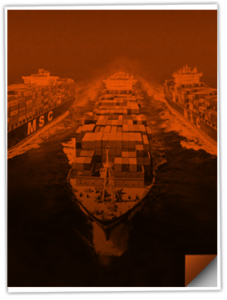Countervailing duties (CVDs) are special tariffs that help keep global trade fair. When a country subsidizes its industries—essentially giving them financial help—those companies can sell products at lower prices, creating unfair competition. To level the playing field, other countries impose CVDs on those imports, ensuring fair competition for local businesses.
A Quick History
CVDs have been around for a long time. The U.S. was one of the first countries to use them, starting with the Tariff Act of 1930, which aimed to protect American industries from unfair foreign subsidies. Later, in 1995, the World Trade Organization (WTO) created global rules on subsidies and countervailing duties, helping countries enforce fair trade practices.
Why Do CVDs Matter?
- They create fair competition by preventing foreign subsidies from hurting domestic businesses.
- They protect local industries and jobs by discouraging unfairly cheap imports.
- They encourage fair trade by pushing countries to reduce harmful subsidies.
- They support global trade rules by ensuring countries follow WTO agreements.
How Are Countervailing Duties (CVDs) Determined?
Before a CVD is imposed, the U.S. Department of Commerce (DOC) and the U.S. International Trade Commission (ITC) go through a detailed investigation. The goal is to determine whether a foreign government is unfairly subsidizing its industries and if that’s hurting U.S. businesses. Here’s how it works:
- Identifying Subsidies – The DOC looks into whether a foreign government is providing financial aid to companies, such as tax breaks, low-interest loans, grants, or direct payments. If these benefits give foreign producers an edge over U.S. companies, they’re flagged as unfair subsidies.
- Assessing Harm to U.S. Industry – The ITC steps in to see if these subsidies are actually harming American businesses. They gather data on price drops, lost sales, factory closures, or job cuts in the U.S. If they find that American companies are struggling because of these subsidized imports, the case moves forward.
- Setting the Duty Rate – If both agencies agree that the subsidies are unfair and causing harm, they calculate a countervailing duty. This duty is meant to offset the subsidy and level the playing field. The rate is usually based on how much financial support the foreign government is providing—so the bigger the subsidy, the higher the duty.
These investigations aren’t quick—they can take months or even longer. Throughout the process, U.S. businesses, trade groups, and foreign manufacturers all have a chance to present their arguments. Once a CVD is finalized, it’s enforced at all U.S. ports, ensuring that affected imports are taxed at the new rate.
Example:
Let’s say a U.S. furniture company imports wooden cabinets from China. If the Chinese government provides subsidies to its cabinet manufacturers—such as low-interest loans, tax breaks, or cash grants—those manufacturers can sell cabinets at a lower price than U.S. companies.
To counteract this, the U.S. government may impose a countervailing duty (CVD) on those cabinets, adding an extra tariff at the border. If the regular import duty is 5%, but the U.S. determines that China’s subsidies give an unfair advantage, it might add a CVD of 20%, making the total duty 25%.
Impact on the Importer:
- Higher Costs: The importer now has to pay 25% in duties instead of 5%, making the cabinets more expensive.
- Supply Chain Adjustments: The company might have to look for alternative suppliers in other countries with lower tariffs.
- Pricing Changes: To cover the extra cost, the importer may have to raise prices for customers, potentially reducing demand.
- Compliance Risks: If the importer isn’t aware of the new CVD, they could face unexpected costs and penalties from U.S. Customs.
This is why staying informed on trade policies is crucial—unexpected CVDs can significantly impact pricing, sourcing decisions, and overall business strategy. Reach out to our compliance experts for assistance with CVD.



